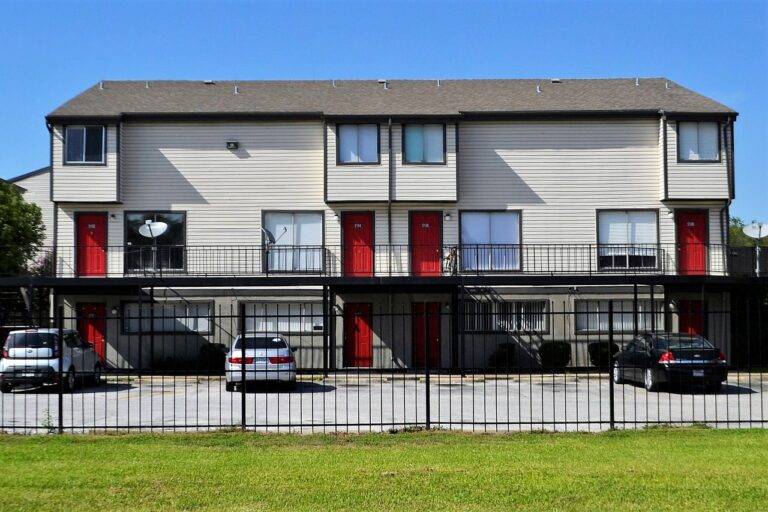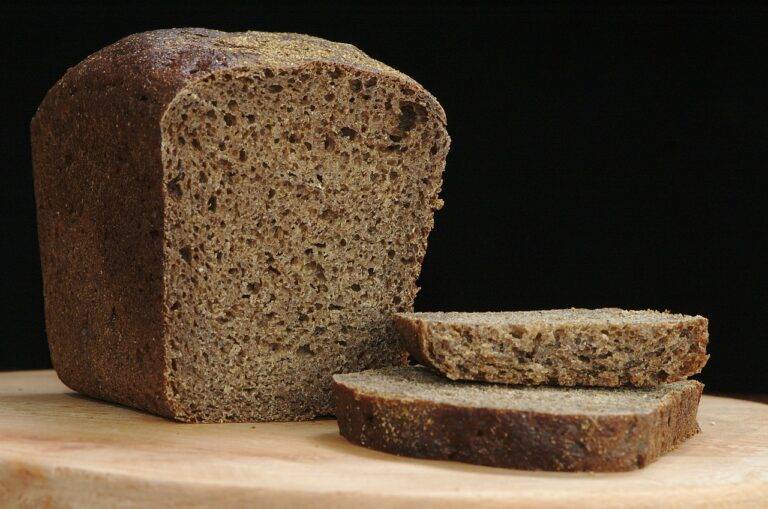How to Choose the Right Plants for Your Garden: Tips for Success
Firstly, considering your climate is essential when selecting plants for your garden. Different plants thrive in various climate conditions, so it’s crucial to choose ones that are suited to the temperatures, rainfall, and sunlight levels in your area. Researching which plants are native to your region can give you a good starting point for selecting species that are well-adapted to your climate.
When choosing plants for your garden, take into account the hardiness zones that indicate which plants are most likely to thrive in your specific climate. Understanding your climate zone will help you determine which plants are best suited to survive and flourish in your garden, taking into consideration factors such as frost dates and growing seasons. By selecting plants that are well-suited to your climate, you can create a garden that not only looks beautiful but also thrives with minimal effort.
Understanding Your Garden’s Sunlight and Soil Conditions
When planning your garden, it’s essential to consider the sunlight and soil conditions unique to your location. Sunlight plays a crucial role in the growth and development of plants. Different plants require varying levels of sunlight to thrive, so understanding the natural light patterns in your garden is vital. Take note of which areas receive full sun, partial shade, or full shade throughout the day to make informed choices when selecting plants for your garden.
In addition to sunlight, soil conditions also greatly impact the health and growth of your plants. The type of soil in your garden, whether it’s sandy, loamy, or clay-based, can affect how well plants absorb nutrients and water. Conduct a soil test to determine the pH level and nutrient content of your soil. This will help you choose plants that are best suited to your garden’s specific soil composition, ensuring they have the best chance of thriving in their environment.
How do I know which plants will thrive in my climate?
To determine which plants will thrive in your climate, research the typical weather patterns and temperature ranges in your area. Look for plants that are known to be well-suited to your specific climate conditions.
How can I understand my garden’s sunlight conditions?
To understand your garden’s sunlight conditions, observe how much sunlight different areas of your garden receive throughout the day. Take note of which areas get full sun, partial sun, or full shade. This will help you select plants that require the appropriate amount of sunlight.
How do I assess my soil conditions?
To assess your soil conditions, consider factors such as soil type, pH levels, and drainage. You can perform a soil test to determine the pH level and nutrient content of your soil. This information will help you choose plants that are well-suited to your soil conditions.
Can I improve my soil conditions if they are not ideal?
Yes, you can improve your soil conditions by adding organic matter, such as compost or manure, to enrich the soil. You can also adjust the pH level of your soil by adding amendments like lime or sulfur. Improving your soil conditions will help create a healthy environment for your plants to thrive.





